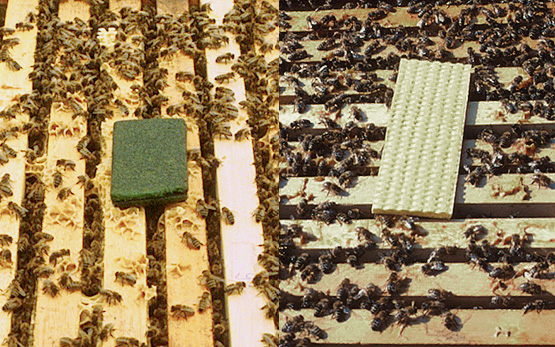Schmidt R., Somerville V., Berthoud-dit-Gallon Marchand H., Guggenbühl B., Gschwend F., Arias E.
The sensory and microbial diversity of Bernese Alp Cheese.
In: 13th FACEnetwork Meeting. 11. October, Grangeneuve (CH). 2023.
Irmler S., Bavanantharajah T., Binz E., Portmann R.
Ability of Latilactobacillus curvatus FAM25164 to produce tryptamine: Identification of a novel tryptophan decarboxylase.
Food Microbiology, 116, 2023, 1-8.
Wenger A., Bär C., Portmann R., Schmidt R. S., Eugster E., Weisskopf L., Irmler S.
The aminotransferase Aat initiates 3-phenyllactic acid biosynthesis in Pediococcus acidilactici.
Frontiers in Microbiology, 14, 2023, 1-10.
Somerville V., Showing T., Chabas H., Schmidt R., Von Ah U., Bruggmann R., Engel P.
Extensive diversity and rapid turnover of phage defense repertoires in cheese-associated bacterial communities.
Microbiome, 10, 2022, 1-13.
Somerville V., Von Ah U., Schmidt R., Engel P.
Genomic signatures of domestication in bacterial communities of Swiss cheese starter cultures.
In: ASM Microbe. 08. Juni, Washington DC.. 2022.
Somerville V., Grigaitis P., Battjes J., Moro F., Teusink B.
Use and limitations of genome-scale metabolic models in food microbiology.
Current Opinion in Food Science, 43, 2022, 225-231.
Somerville V., Schowing T., Chabas H., Schmidt R., Von Ah U., Bruggmann R., Engel P.
Extensive diversity and rapid turnover of phage defense repertoires in cheese-associated bacterial communities.
In: CRISPR 2022. 12. Juni, Boston. 2022.
Somerville V., Berthoud-dit-Gallon Marchand H., Schmidt R., Bachmann H.-P., Meng Y. H., Fuchsmann P., Von Ah U., Engel P.
Functional strain redundancy and phage resistance diversity in Swiss raw mixed cultures.
In: CBL 2022. 08. Juni, Ed. INRA Frankreich, Rennes. 2022.
Schmidt R.
Beprobung Berner Alpen: Erste Ergebnisse der Beprobung 2021.
In: Netzwerkanlass Alpwirtschaft. 07. April, Ed. Inforama Berner Oberland (Hondrich), Inforama Berner Oberland (Hondrich). 2022, 1-24.
Berthoud H., Wechsler D., Irmler S.
Production of putrescine and cadaverine by Paucilactobacillus wasatchensis.
Frontiers in Microbiology, 13, 2022, 1-10.






